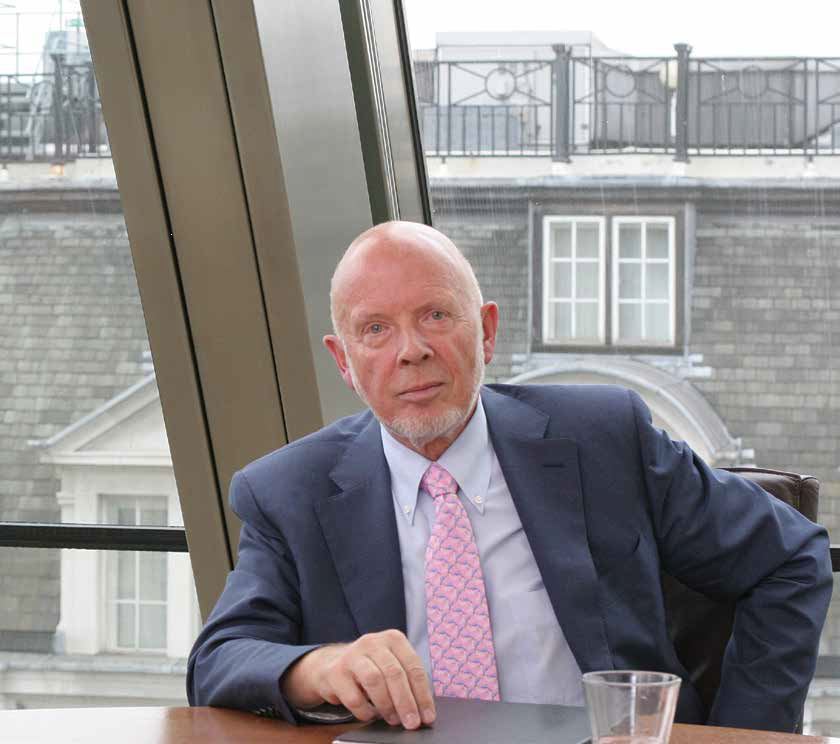We need to be harder on ourselves as an industry and admit that most of our new buildings reach the end of their defects liability period without ever delivering the performance that they promised. BREEAM ratings at design stage do not predict carbon emissions commensurate with the grading. Sometimes, the certificated building burns several times the expected energy consumption. And typically, we don’t go back to analyse the performance, nor the workability of the design for the purpose intended. We move on to the next project. Clients rarely complain, as their expectations were never high, nor clearly stated.
This woeful state of affairs stems from our fixation with the capital cost of buildings, rather than the whole-life value and cost, and with completion of the artefact rather than with delivery of a service. Operational and maintenance factors don’t form part of the brief, other than observation of the health and safety rules about safe access for maintenance. We have also allowed breaks in the chain of responsibility to the client to widen in the name of capital economy. Designers now can’t usually ensure that the contractor builds what was designed, as value engineering carves through the niceties. Commissioning of systems is a black art. Training of facility managers to run the building is rarely thorough. So designed performance is both underconsidered and undermined.
Cambridge University Estates Management, under then-head David Adamson, addressed this issue in 2004, with the help of Mark Way of RMJM and Bill Bordass of the Usable Buildings Trust. They set out a scheme to add whole-life matters to the project plan of work: Facility Management was to become part of the briefing team and their requirements followed through the build phase to ensure no slippage of measures. Handover was to be extended for months, with the builder and key consultants and specialists on call during early occupation to ensure that everything actually did do what it should. A full evaluation after at least two years of climate experience would create a learning opportunityfor everyone on what worked and what didn’t. They called it ‘Soft Landings’.
The concept caught the attention of government in their 2011 Construction Strategy. Not only was BIM Level 2 to be mandatory by 2016 but it contained the idea of an Asset Information Model as an aid to building management. And a revved-up version of the Way-Bordass idea called Government Soft Landings became part of the Construction Strategy. Government doesn’t only want buildings that work as planned but occupant outcomes that meet the business case for the project. The move to outcome-based thinking was further reinforced in the 2013 Construction Industry Strategy. Soft Landings has shifted the RICS NRM toolkit too, starting the build-up of O&M cost knowledge to equal that for capital costs. BSRIA now owns and supports the Soft Landings system.
The wider industry beyond government work has not really picked up on any of this yet. Decades of past high interest rates have conditioned clients to think that the net present value of future costs cannot be a major matter. Business models and accounting systems that separate responsibility for capital spend from that for operational spend still rule. Yet we now have digital tools to manage our buildings more precisely than ever before. Clients will be specifying operating budgets in the brief because we can deliver if we use the tools. Soft Landings may seem like an odd term but it marks the change from a product-centred industry to a service-oriented one. New business models lie out there and feather-light comfort for new occupants and owners sounds like a really nice goal.

